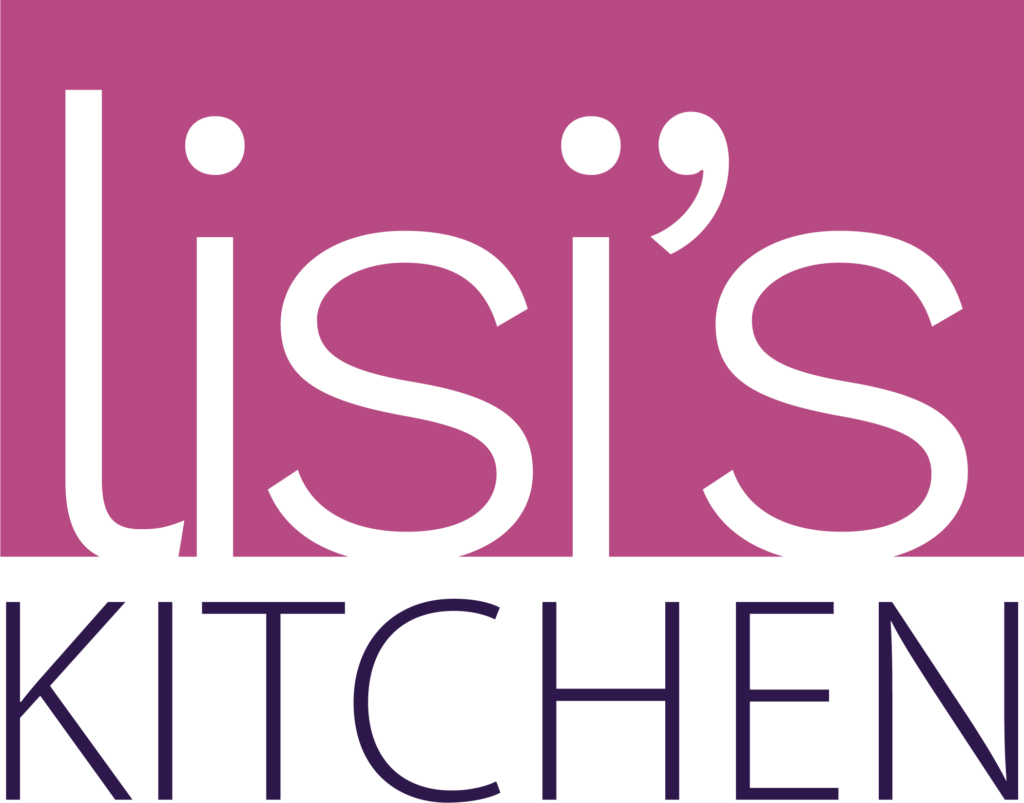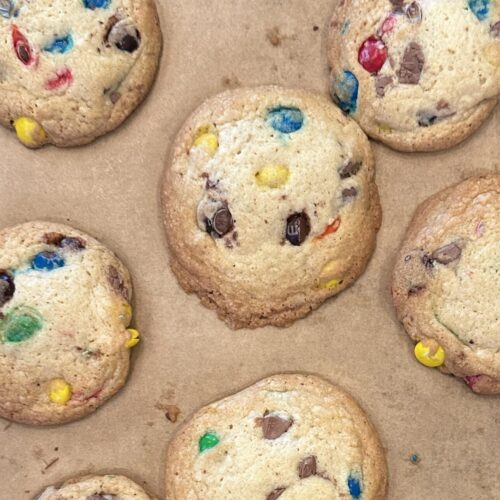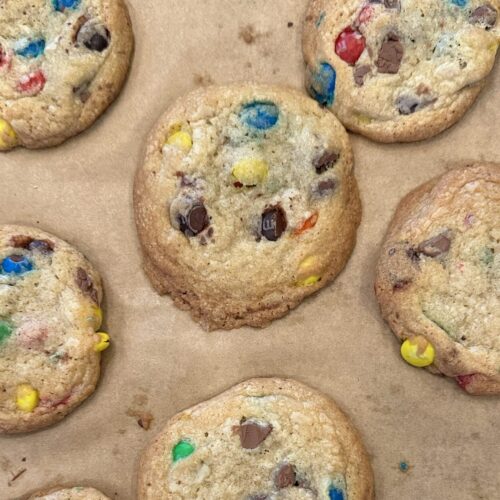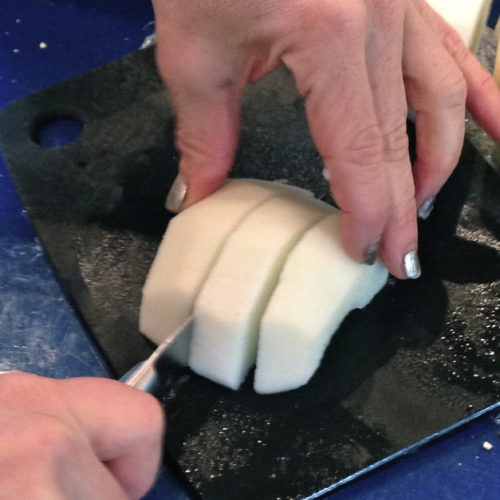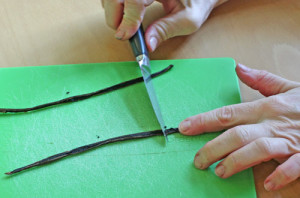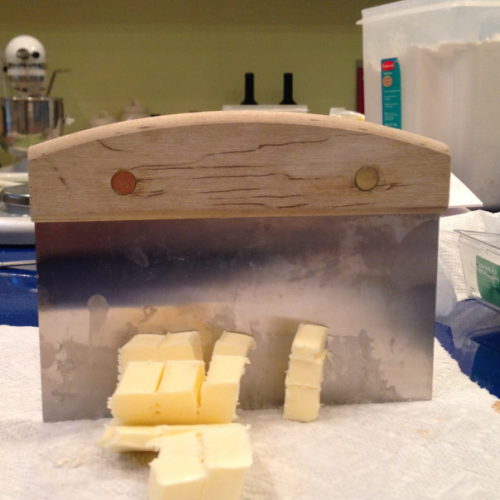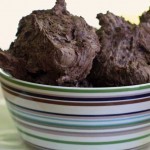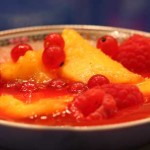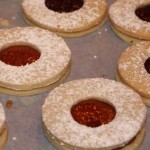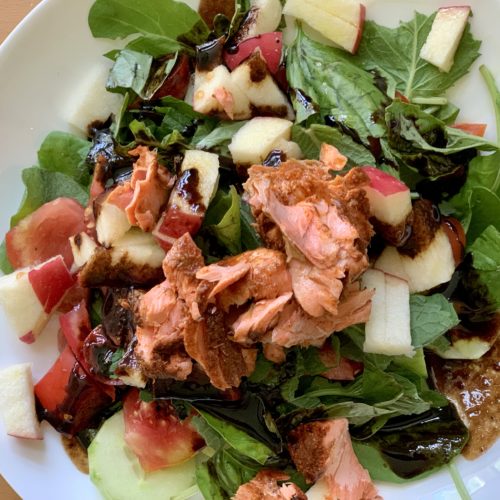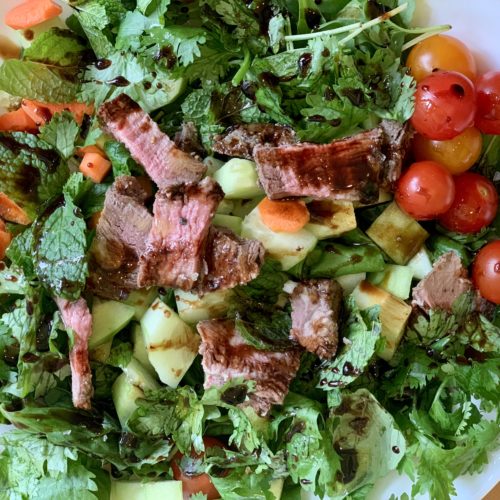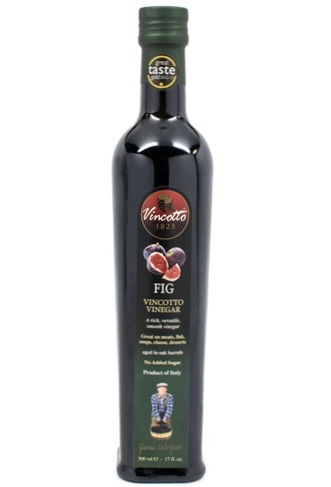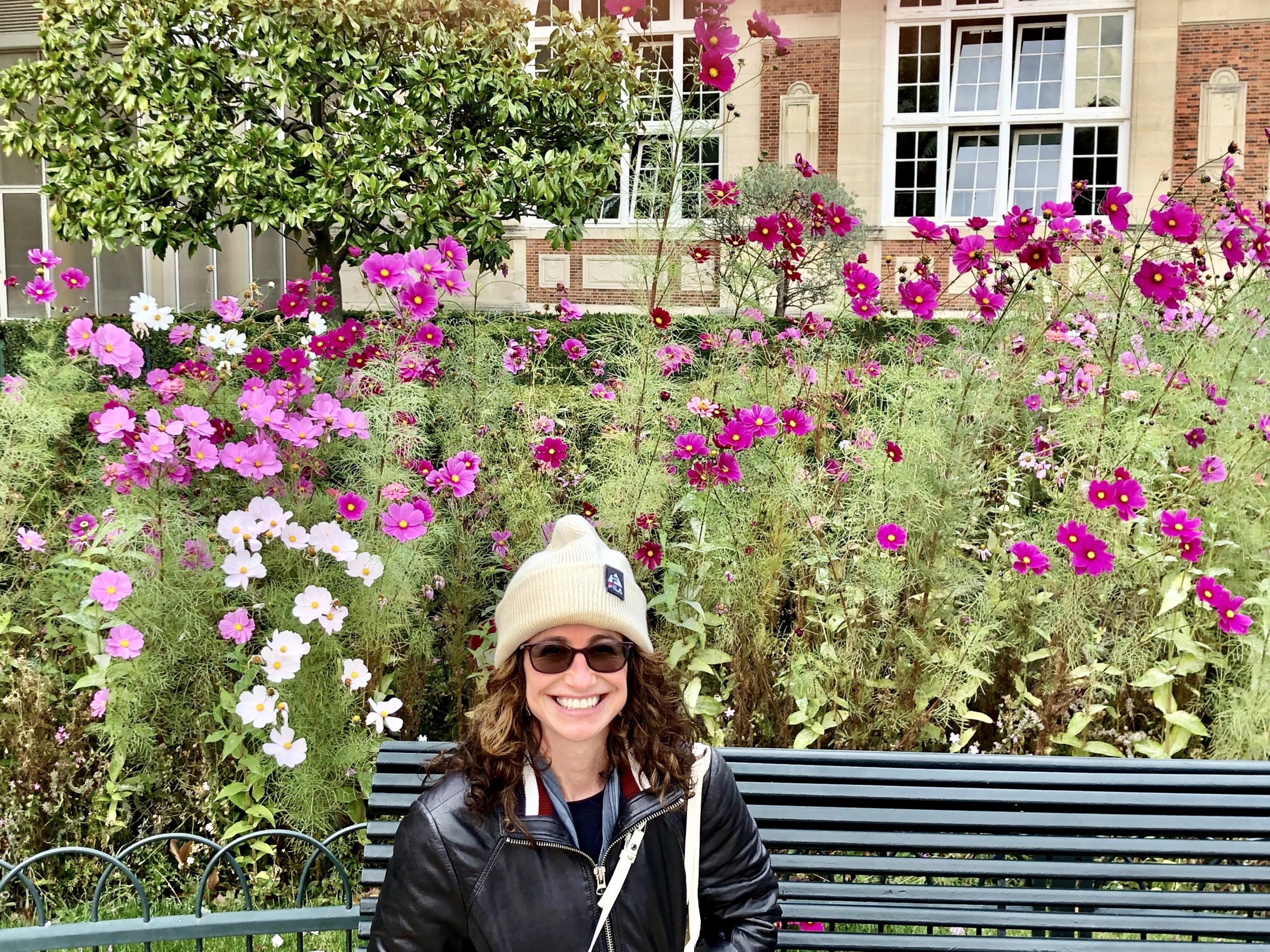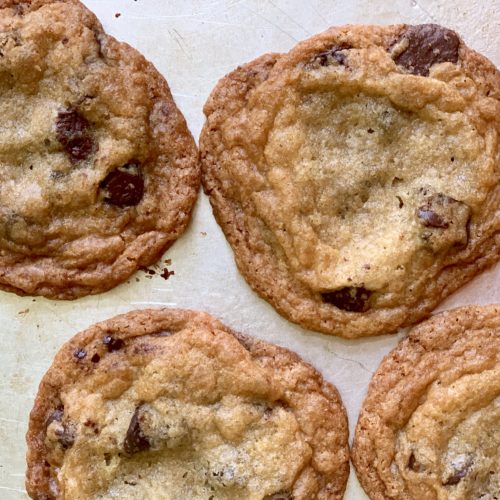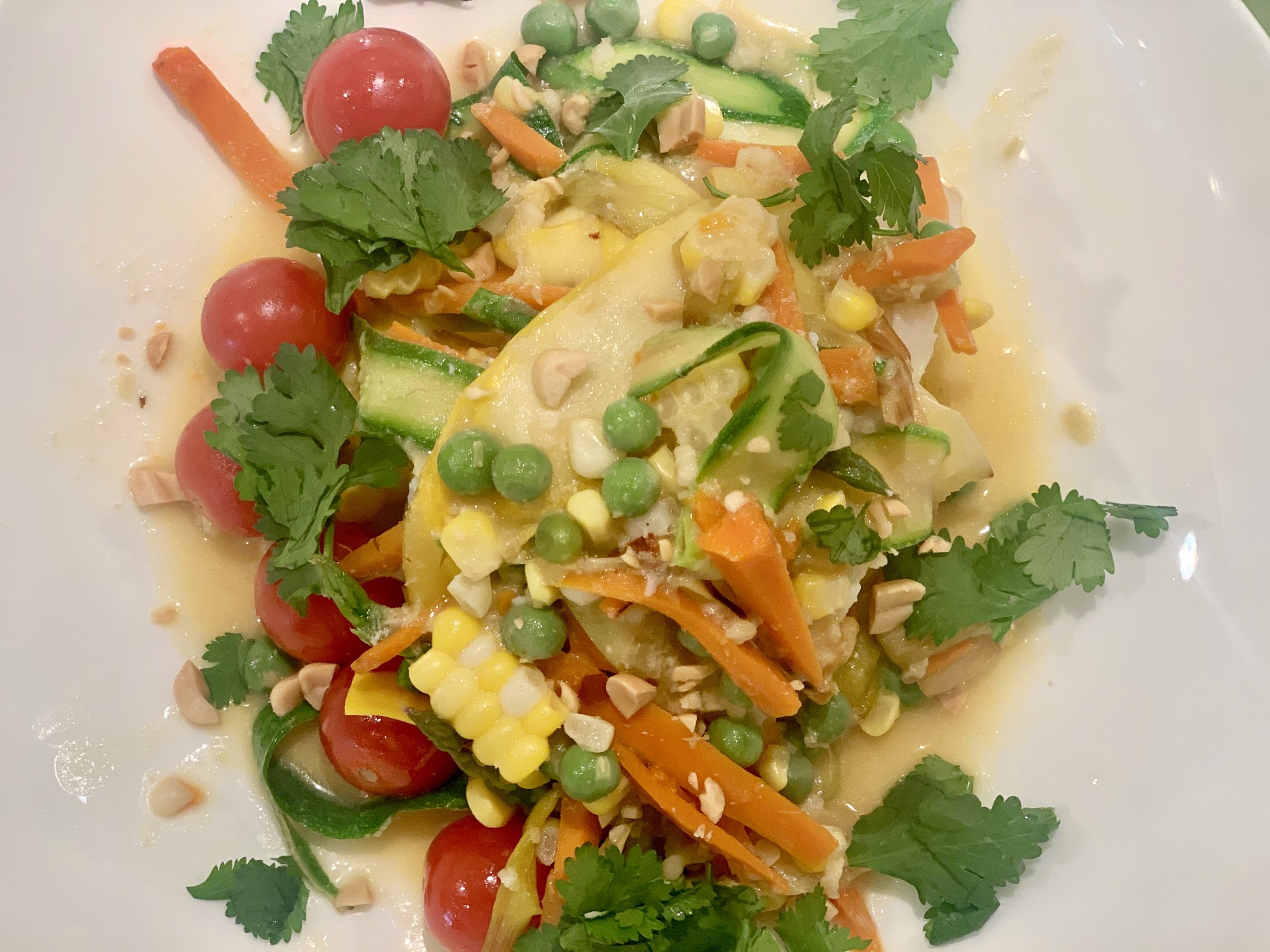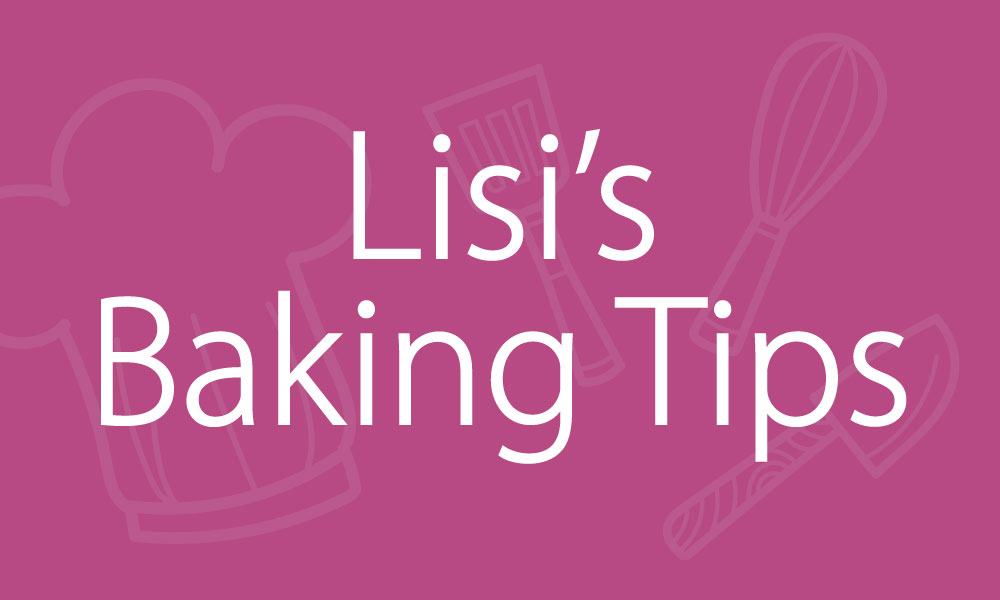baking tips
general thoughts for the young/Inexperienced cook
Gianni Calogiuri Fig Vincotto Vinegar
It has been a while…
It has been a while…
apple custard cake
This cake is so pretty and I love the idea of pouring heaving cream over the finished batter. It got me all excited. It is supposed to turn into a custard-like cake, and it did. But I’m not sure that custard on the bottom of a dense cake and softish apples on top is for me. Or you. It is so pretty, and I love the concept, but I guess I can’t really rec the cake.
So, why write? Well, lately I’ve been making a lot of flops and well, I just didn’t want you to forget about me. So enjoy this pretty pic and hopefully I’ll be back soon –
jimmies (chocolate sprinkles)
By now you know that I love ice cream and jimmies. And not just any jimmy but real jimmies. I’m sharing this with you so you too can enjoy the happiness I derive from my ice cream eating experience. A lot of it has to do with the ice cream I know…but seriously (as serious as I can be about ice cream toppings) what you normally get at the supermarket or ice cream parlor is really not what I’m talking about when I say jimmies.
Soo…I did a taste test of my 3 favorites and I can’t choose. I love them all so pick one and try. You may find it hard from then on to enjoy a chocolate sprinkle anywhere else but in your home (or mine!)
Ingredients in a typical sprinkle are sugar, veggie oil, corn starch, corn syrup, soy lecithin, salt, natural and artificial flavor, confectioners glaze, and carauba wax.
Ingredients in these jimmies are all similar but generally lists sugar (yeah, sorry that is first), cocoa liquor, cocoa powder, butter oil, milk powder, natural vanilla.
The links will take you to where you can buy – but search around for the best price.
be prepared to bake
Your shopping list might not seem as overwhelming if you generally stock some of the following items. Just pay attention to how much you bake. Many items in pantry and refrigerator expire (some sooner than later) so if you are not baking often, wait and shop as you need. But if you are an avid baker, go for it.
Pantry: flour, sugar, brown sugar (more light than dark) baking soda, baking powder, salt, cocoa (natural and unsweetened, black cocoa), chocolate chips and chocolate bars (milk, semi, white, bitter, extra bitter, unsweetened) cornstarch, whole wheat flour, cake flour, oatmeal (quick cooking and old-fashioned), canola or vegetable oil, dried fruits, a variety of nuts, molasses, graham cracker crumbs, marshmallows, shredded and flaked coconut, spices (cinnamon, ground ginger, allspice, ground cloves, cardamom, ground nutmeg), instant espresso powder, vanilla extract, and vanilla beans, sweetened condensed milk, evaporated milk…
Fridge: large eggs, unsalted butter, sour cream, plain yogurt, buttermilk, milk, heavy cream, block cream cheese, lemons and other assorted fruits
Freezer: frozen berries and stone fruits, puff pastry, fillo dough, ice cream
vanilla
Use good quality – and not artificial vanilla. I love the double strength vanilla extract from Penzey’s spices. You can order it on-line from penzeys.com. (As well as many other spices and salts). It is probably better to skip the vanilla if you don’t have the real thing.
To scrape and seed a vanilla bean, place the long bean on a cutting board. With your paring knife, slice the bean lengthwise – from top to bottom all the way down and through. Open it up and you will see soft brown inside. With the back of your knife, scrape the seed gently (while holding the end of the pod) collecting all the goodness from inside. These are the seeds and they should be on your knife. The pod contains more flavor and seeds and is often added to marinating liquids or ice creams – and pulled out later. You can purchase at the grocery or get a bunch from penzeys.com – store them in an airtight container or they dry out.
